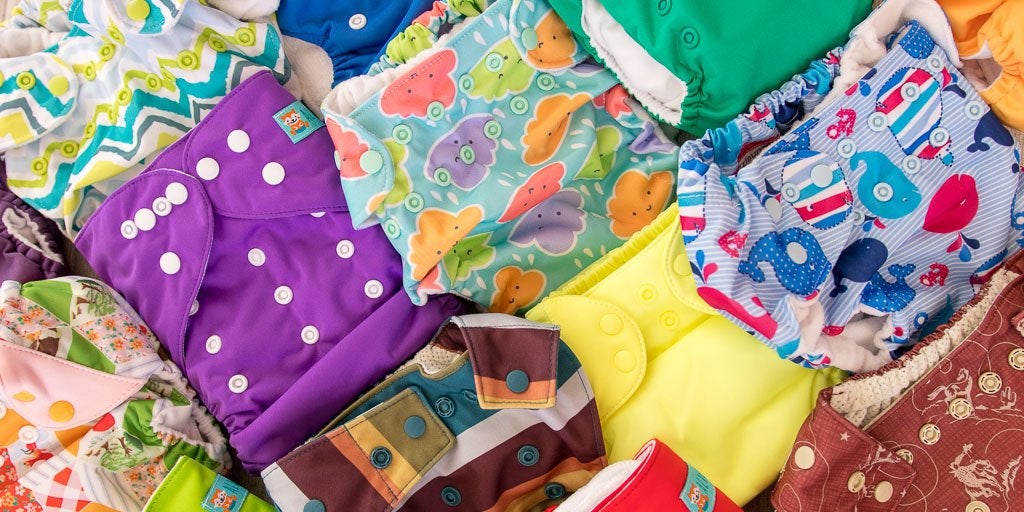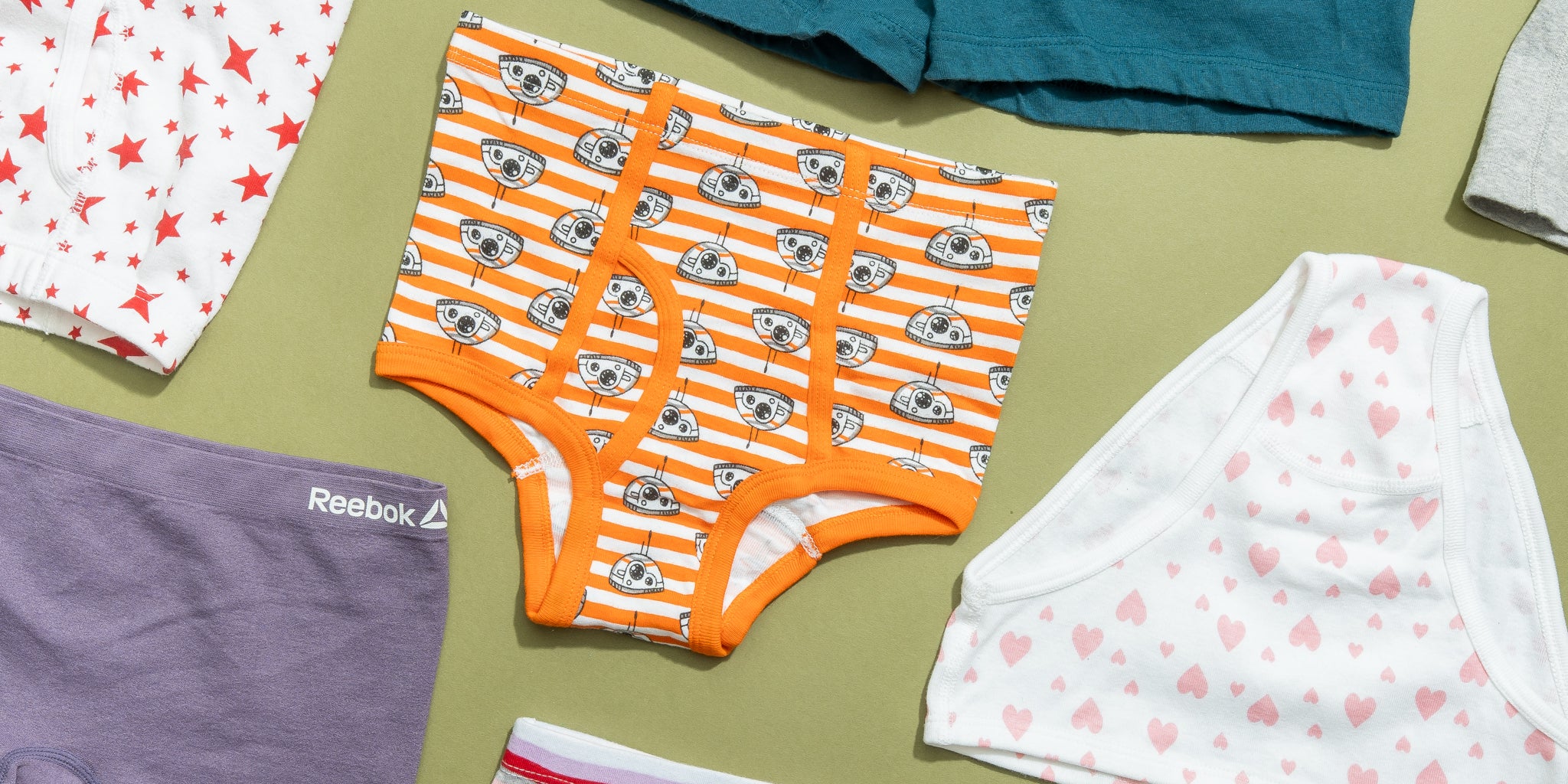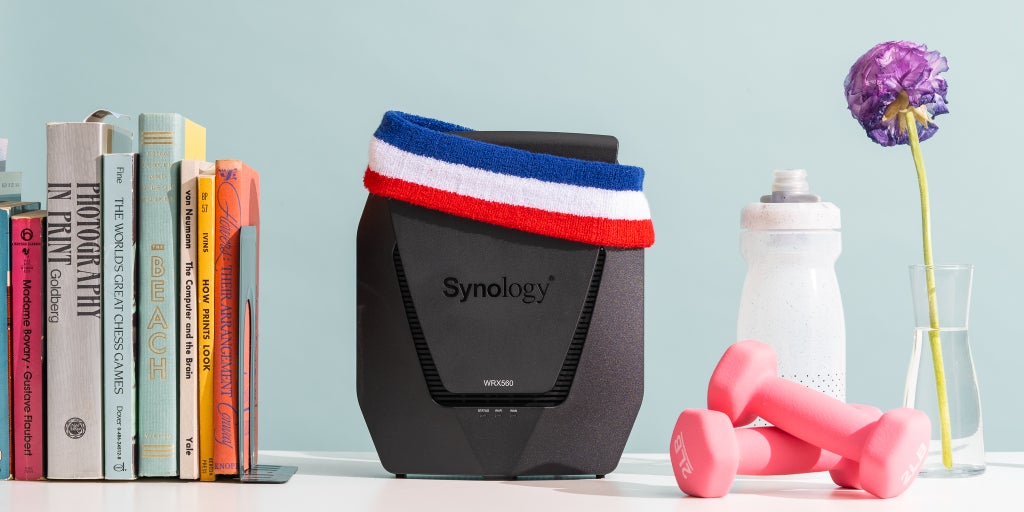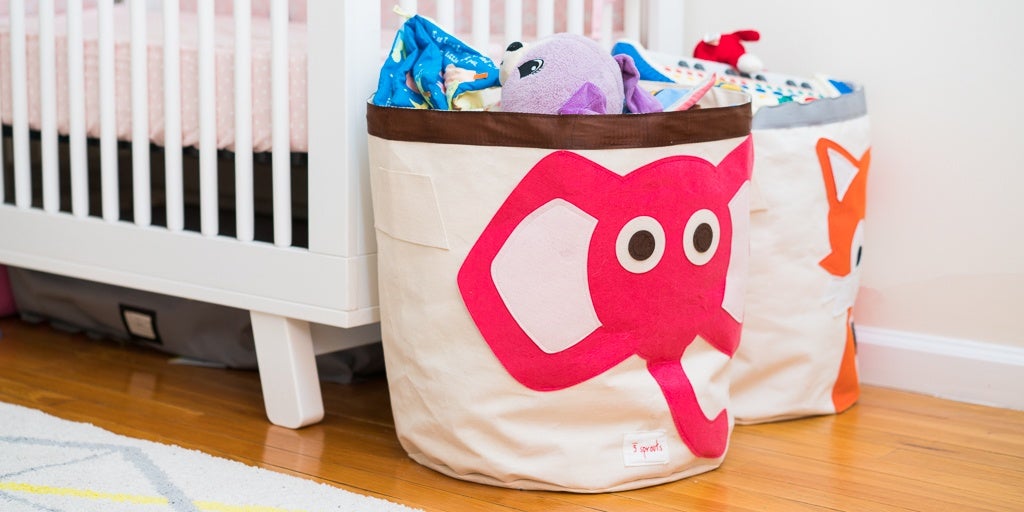There are a number of factors moms and dads might choose cloth baby diapers over disposables, including decreasing cost, lowering waste, or simply the method fabric diapers feel and look on their child’s bottom. After researching all the easily offered fabric baby diapers we could discover and recruiting six cloth-diapering households to compare top layouts, we assume the bumGenius Original 5.0 pocket baby diaper is the very best option for many people thinking about fabric diapering.
The bumGenius Original 5.0 pocket baby diaper (we suggest the variation with snaps over Velcro) adjusts to fit a wide range of sizes, soaks up well, is relatively very easy to use, and has an online reputation for sturdiness gradually. Unlike many rivals, it includes 2 inserts, making the purchasing procedure a bit less complicated. In our at-home examinations, the bumGenius pocket baby diaper had the fewest leaks. It is straightforward and very easy to tidy, and it’s available in a wide variety of vibrant layouts and patterns. The company approximates its baby diapers fit infants from 7 to 35 pounds, however many individuals discover it’s easier to start a newborn with prefolds (we have a choice below), both due to the fact that they fit little babies much better and due to the fact that newborns go through many diapers every day.
The GroVia Hybrid diaper is similar in style to the bumGenius pocket diaper, but instead of a pocket for absorptive inserts, the Grovia baby diaper keeps inserts in place with breaks, which means that the inner surface area of the cover often stays clean and completely dry and the cover does not need to be washed after every usage. Like the bumGenius, the GroVia uses snaps to readjust for dimension, holds messes in well, comes in several shades and patterns, and is applauded for toughness gradually. It’s called a “hybrid” baby diaper because you can additionally utilize the diaper cover with disposable inserts. Yet unlike the bumGenius diaper, which includes 2 cloth inserts, the GroVia’s fabric inserts are acquired separately, making the total baby diaper more expensive. GroVia estimates its baby diapers fit infants from 8 to 30 pounds, a slightly smaller array than our choice.
Prefolds are easy rectangular shapes of cloth that can be folded up to produce a three-way absorptive layer, protected with pins or a Snappi, and covered with a standard baby diaper cover, which includes a moisture obstacle. Several moms and dads locate that they’re a lot more practical for infants than diapers like our pick (which formally fits from 7 extra pounds and up) given that they’re really affordable and babies undergo a lot of diapers every day. Gerber Costs 6-ply Prefolds were our fave of four kinds of highly rated prefolds we took a look at. They shrunk the least in the wash and have extra cushioning in the center that includes absorbency without way too much bulk.
Thirsties Duo Wraps are less complex and less expensive than our major choices and are developed to be made use of with conventional prefold inserts (typically safeguarded with a Snappi before the cover is layered on) instead of with particular inserts that attach to the baby diaper cover without using pins, like those of our picks do. Thirsties are available with snaps or Velcro; we advise selecting snaps, as they mature better with frequent launderings. The covers are available in practically two dozen colors and patterns.
Why you need to trust us
To investigate this overview, I interviewed Dr. Rebecca Chibnall, a dermatologist at Washington College in St. Louis, whose passions consist of baby diapering method and “diaper requirement,” the distress experienced by families who are unable to manage the baby diapers needed for their youngsters. I additionally consulted with Laura Interlandi and Erica Livingston, 2 doulas with Birdsong Brooklyn that suggest parents on fabric diapering, as well as with proprietors and supervisors of brick-and-mortar shops that market cloth baby diapers, including Jillian’s Drawers in New York and Crunchy Boutique in Texas.
To recognize the advantages and disadvantages of the numerous different kinds of fabric diapers, I read a number of how-to overviews, consisting of those at Fluff Love University, The Natural Infant, and Parenting.com. I read baby diaper evaluations from Babylist, GeekWrapped, and BabyGearLab, and I joined several cloth diapering Facebook groups to harvest point of views and suggestions. I read loads of Amazon reviews. Finally, I spoke straight with moms and dads that are long-term cloth diaper users (2+ years, with numerous kids) about what constitutes a high quality cloth baby diaper, how different diapers stand up after numerous years and hundreds of launderings, and what they would certainly recommend to others.
I have actually directly spent 4 years cloth-diapering my own 2 children, with some overlap in between the two. I’m the author of Wirecutter overviews to baby and convertible safety seat and have actually written extensively regarding parenting and policy for outlets consisting of the Washington Post and Slate.
Some people commit themselves to towel diapering and seldom or never ever purchase disposable diapers, while others choose a hybrid method of fabric diapering at home and making use of disposables when going out, at childcare– some day care facilities aren’t open to towel– when taking a trip, and/or in the evening, when they may desire a diaper that can absorb a higher amount of urine. We discussed the benefits and drawbacks of both diapering methods, and discovered that one of the most common considerations for people thinking about towel diapering include:
Ecological influence: A 2014 EPA report approximates that 3,560 thousand lots of disposable baby diapers were deposited in united state garbage dumps that year, which is roughly 7 percent of yearly family garbage (excluding consumer goods). Certainly, disposable baby diapers are made to be used just once, then threw in the garbage. Cloth diapers are washed and made use of once more (and once more, and once again). There’s no doubt that there is much less trash created with towel.
Nevertheless, ecological scientists have struggled to quantify the carbon footprint of cloth diapering vs. disposable use. Though manufacturing methods might vary, overall there is clearly less energy usage associated with the manufacture of the couple lots towel baby diapers and covers a family members may rely on, compared to the thousands of baby diapers a disposable user will likely go through between birth and when a youngster is fully potty-trained. However cotton additionally has its environmental influences, and it’s reasonable to take into consideration the fossil-fuel use all that washing as well, which can be complicated to quantify (a 2008 Slate piece points out some pertinent researches). The kind of electricity-generation your power business gives, the effectiveness of your washing machine and clothes dryer, the water temperature you select to utilize, and the abundance of water in your region will certainly all factor right into an individual formula that might assist you figure out if fabric is really a considerably much more environmentally-friendly option for your specific house.
Price: Investing in a new set of 15 higher-end towel diapers and inserts– a sensible number for most households– will normally run around $300. The pair dozen prefolds, 5 approximately waterproof diaper covers, and pack of Snappis you may use with a newborn could amount to one more $100. Budget-conscious moms and dads can certainly additionally think about purchasing their cloth diapering materials used or sticking with prefolds completely, which might keep the entire product price of diapering well listed below $200.
In contrast, 3 years of disposable diapers could cost in between $600 and $750. That quote is based upon getting big boxes (which imply a reduced expense per baby diaper) and picking some of the least expensive disposables offered, like the store brand names of Target or Walmart, which we discovered are as reliable or much more reliable than baby diapers that cost 2 or 3 times a lot more during the research study and screening for our guide to non reusable diapers.
Then there’s the worth of your time. Numerous cloth-diapering moms and dads report that they take pleasure in that intimate time meticulously diapering their child. If you fear every tons of washing, however, fabric diapering may simply not be for you.




